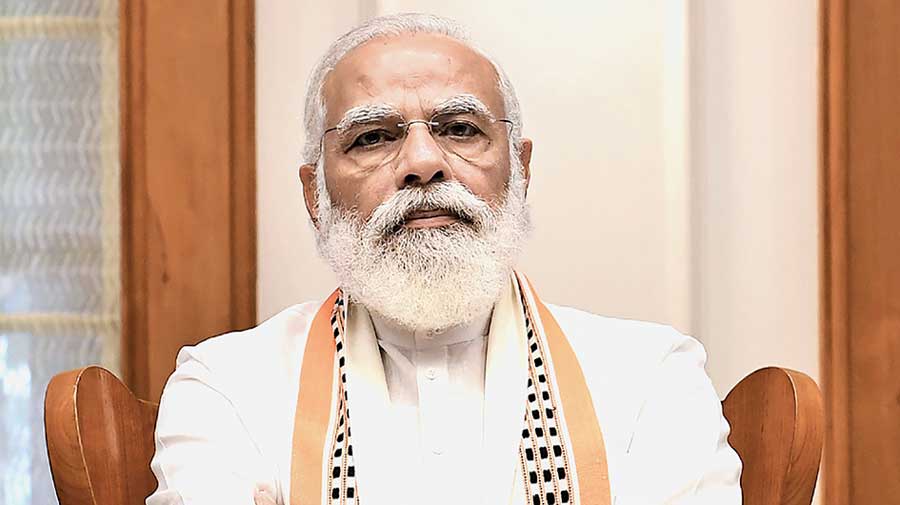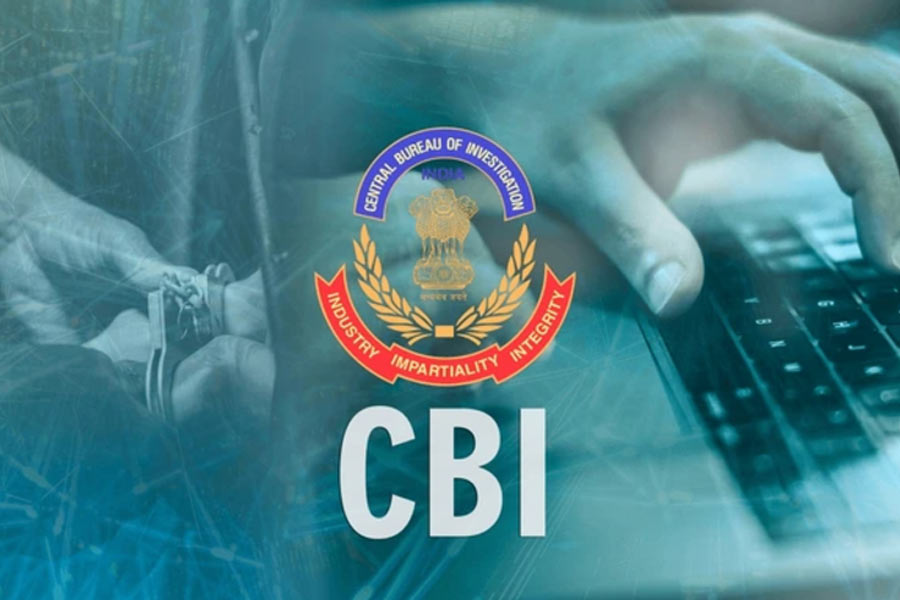Prabhat Patnaik, economist and professor emeritus at JNU in conversation with Subhoranjan Dasgupta, professor of human science:
Dasgupta: In one of her recent lectures, eminent historian Romila Thapar said the Indian republic was teetering on the borderline. On one side of the border stood the secular Indian republic and on the other side a Hindu rashtra. Do you endorse this point of view?
Patnaik: Yes, I agree that the republic is teetering on the cusp of a momentous transition, but I see the two sides of this cusp somewhat differently. On one side is a secular, democratic, federal republic where citizens are free of fear and enjoy a set of political rights defended by an independent judiciary; on the other is an authoritarian State where fear is pervasive and all institutions are subservient to the executive, which uses Hindutva as its vote-catching device but works essentially to further the interests of big capital, both domestic and foreign.
“Hindu rashtra” is not a Hindu State in the sense of promoting the interests of the Hindus. It is an authoritarian State that suppresses not just Muslims but workers, peasants, petty producers, tribal people, oppressed castes, artists and intellectuals the bulk of whom are Hindus, and promotes the interests of a corporate-financial oligarchy. Its electoral plank is Hindutva, but Hindutva never filled anyone’s belly; it calls its goal a “Hindu rashtra”, but that is a misnomer.
Perhaps the most powerful example of the oncoming Hindu rashtra is the picture showing Prime Minister Narendra Modi lying prostrate before the image of Ram in Ayodhya. Was this public display of devotion at all necessary?
A Prime Minister like anyone else can have his personal religious beliefs, but to project the picture of his lying prostrate before the image of Ram is to appeal to people in the name of religion. This political use of religion is necessary for Modi precisely because his government cannot deliver on bread-and-butter issues that affect people’s lives.
The country, even before the pandemic, was facing the most acute economic crisis since Independence. Between 2011-12 and 2017-18, the per capita real consumer expenditure in rural India declined by 9 per cent, which is so massive and unprecedented that the government suppressed the NSS data showing this. The pandemic has added greatly to this crisis.
The government’s own panacea for the crisis is to make fiscal transfers to the corporates, suppress workers’ rights, privatise public-sector assets, make land acquisition easy, and so on, which the corporates relish without making an iota of investment. Investment depends on the growth of demand; but demand will actually shrink because of these measures, since a rupee transferred from the poor to the rich reduces the overall consumption demand. The public display of religious devotion becomes necessary in this context.
With due deference to the Supreme Court, could it be said that the Babri Masjid verdict was also somewhat partial? You condemn the demolition of the Babri Masjid as a criminal act but in the same breath you grant the demolishers the right of building a grand temple in the disputed place. Is this an example of righteous justice?
The verdict rewards vandalism. If the masjid had not been demolished, the Supreme Court would not even have entertained a petition regarding the ownership of that land, just as it would not if some people claimed that the Raja Rani temple in Bhubaneswar stood on land belonging to their ancestors. It is the masjid’s destruction that gave post facto pertinence to this issue of ownership of that land. The Supreme Court verdict therefore actually rewarded vandalism which it simultaneously condemned as a criminal act.
In order to smoothen the passage to Hindu rajya, the present rulers are subverting each and every public institution, including the Election Commission. Some claim that even the judiciary’s sacrosanct independent functioning is being affected. Doesn’t this calculated sabotage remind you of similar programmes implemented by other authoritarian regimes?
Yes, such subversion is the modus operandi of all such outfits, of which the RSS (with its front organisations) is a classic example. The Modi government uses a combination of carrot-and-stick methods, and places its followers in key positions, to subjugate public institutions like the Election Commission, Enforcement Directorate, CBI, Delhi police and the NIA. The media, with notable exceptions, are subjugated and the judiciary too is widely perceived to have become significantly subservient to the executive.
Of course, the Modi government has been aided by several draconian laws existing from earlier times, including sedition laws from colonial times. The overall effect is to create an atmosphere of fear, criminalise dissent, produce conformism, punish critics and make all institutions serve its political agenda.
Will the Hindus — or, better put, the Sangh parivar — demand the demolition of similar “mixed” shrines in Kashi and Mathura?
Since religion is being used for political purposes, the demolition of mosques in Kashi and Mathura will be effected if it becomes politically necessary — for instance, if the electorate becomes restive because of the accentuating economic crisis. It is not the “Hindus” who “demand” any demolition; it’s the Sangh parivar that raises these demands to instigate a section of the majority community. It does so for political mileage, so that its blatant but counterproductive pro-corporate policies escape the electorate’s fury.
How could there be a return to the reality of the secular republic from the borderline? By unleashing people’s movements and by positing a united opposition of the political parties?
The political parties, by and large, have not escaped the carrot-and-stick methods of the Modi government. I do not expect them to take the lead in organising resistance. I put my faith in the innumerable young men and women who deeply abhor what is going on and who can initiate resistance, as it became clear during the anti-CAA movement. I also expect an upsurge of movements of workers and peasants because of their extreme hardship.
Such upsurges will then overcome the paralysis of the political parties, forcing them to come together on a common minimum programme that must be not just political but also economic. The Left will have a big role to play in fashioning such a programme and forging political resistance against the spectre of fascism.










